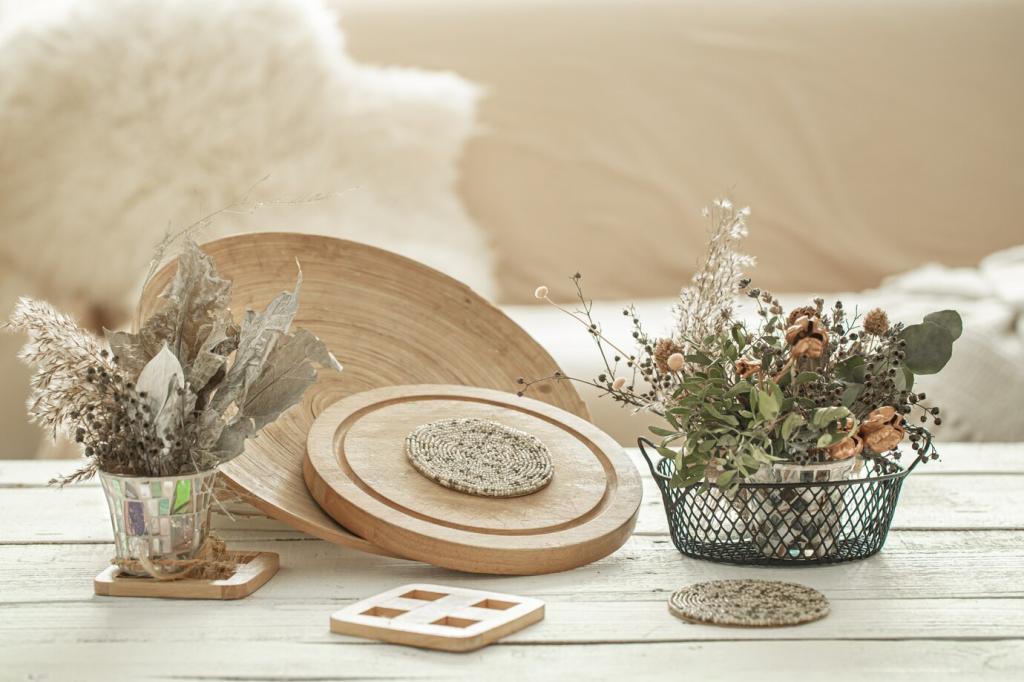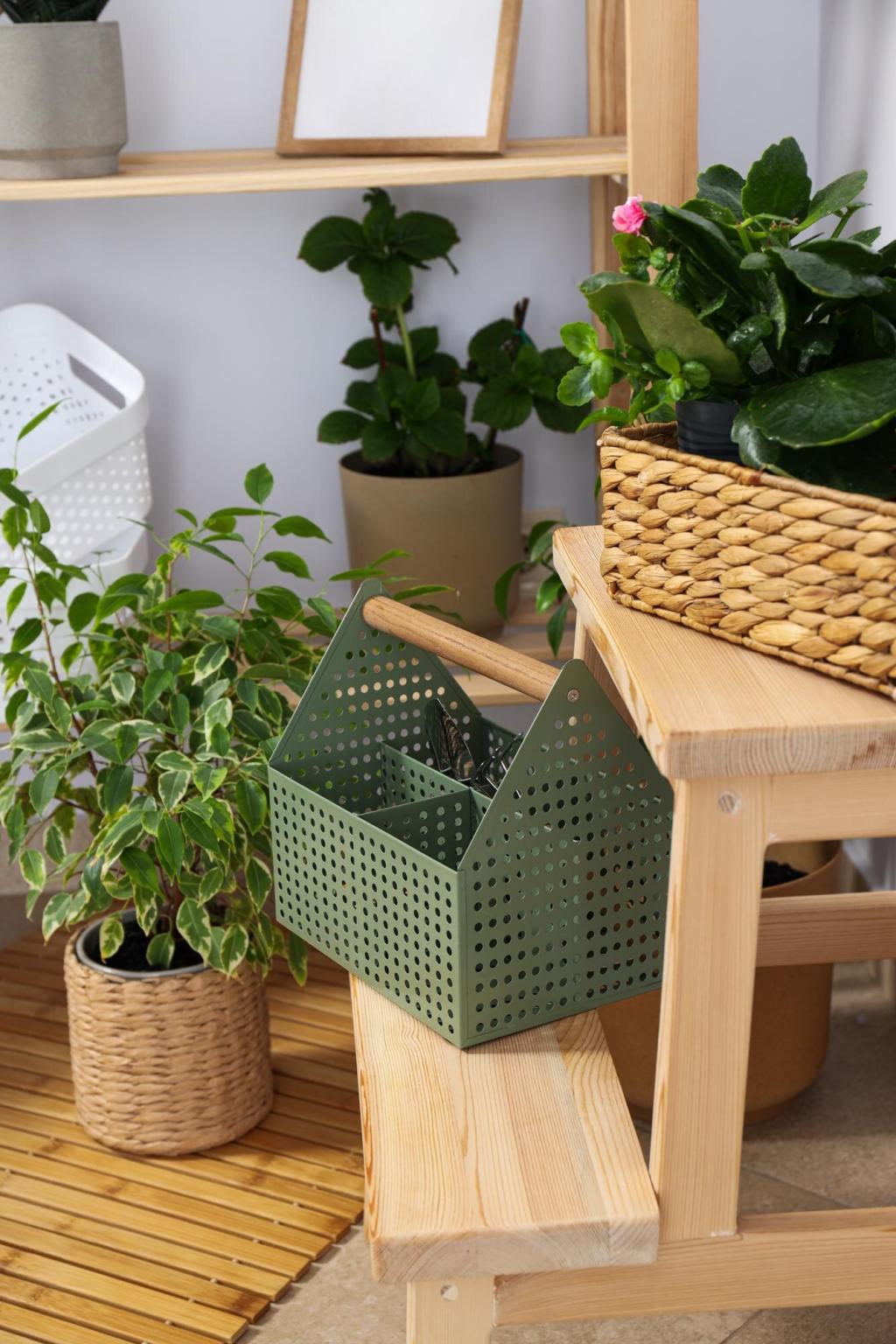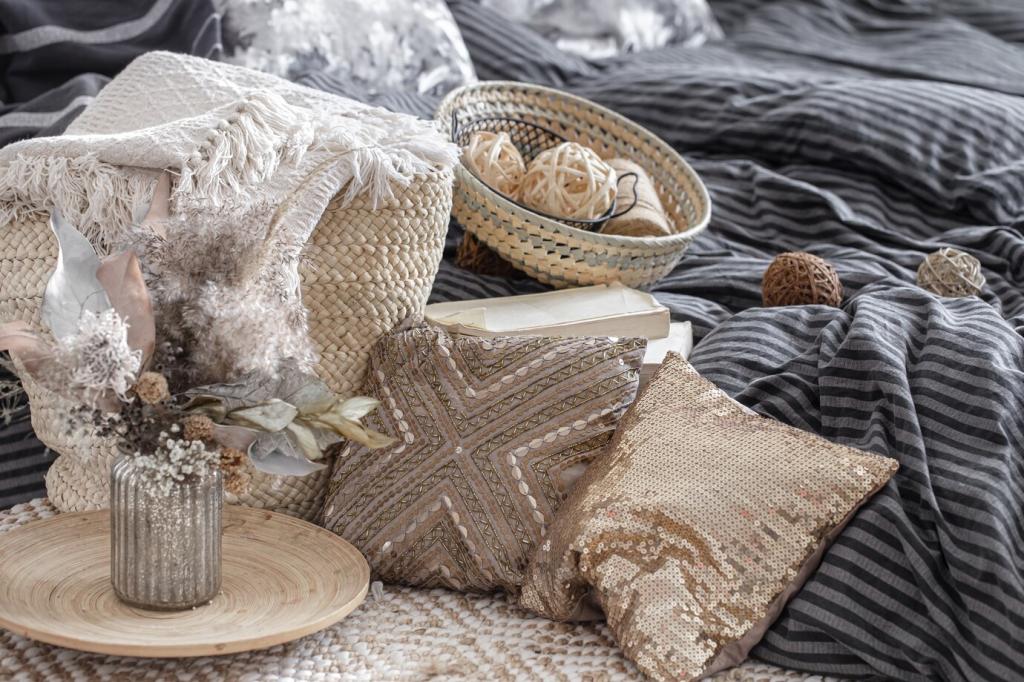Embracing eco-friendly furniture choices is a significant step in creating a healthier home and a more sustainable world. The transition to environmentally conscious furnishings not only reduces our carbon footprint but also supports ethical production and benefits the planet in the long run. By selecting greener alternatives, consumers can enjoy stylish and comfortable living spaces while making responsible decisions that align with modern values of sustainability and well-being.
Understanding Eco-Friendly Materials
Bamboo Solutions
Bamboo is one of the fastest-growing plants on Earth, making it an incredibly renewable resource for furniture manufacturing. Its rapid regenerative capabilities mean it can be harvested without causing long-term damage to the ecosystem. Bamboo furniture offers strength, flexibility, and a distinct natural aesthetic that suits both modern and traditional interiors. The minimal need for pesticides and fertilizers during its cultivation further reduces its environmental impact. Additionally, bamboo sequesters carbon dioxide efficiently, benefiting air quality and combating climate change. When choosing bamboo products, it’s essential to ensure responsible harvesting and processing practices were employed to achieve the greatest sustainable benefit.
Responsibly Sourced Wood
Responsibly sourced wood comes from forests managed according to ecological, social, and economic principles that prioritize sustainability. Certification from organizations such as the Forest Stewardship Council (FSC) guarantees that wood is harvested legally while protecting biodiversity and local communities. Furniture made from such wood is often marked by improved durability and timeless beauty, adding intrinsic value to any space. Using certified wood helps combat illegal logging, deforestation, and habitat destruction, all of which have devastating consequences on the environment. Consumers can contribute to forest conservation simply by verifying the origins of their wooden furniture before purchase.
Recycled and Repurposed Resources
Furniture crafted from recycled materials, such as reclaimed wood, metal, or eco-friendly composites, stands as a testament to creative sustainability. These pieces give new life to materials that might otherwise end up in landfills, reducing waste and conserving natural resources. Repurposed industrial materials or upcycled components also add unique character and charm, often transforming discarded items into functional art. The process of recycling or repurposing typically uses less energy compared to producing new raw materials, further lessening environmental impact. Choosing recycled content affirms a commitment to circular design principles and encourages manufacturers to prioritize waste reduction in their practices.
Previous slide
Next slide


Forest Stewardship Council (FSC)
The FSC certification is among the most respected in sustainable wood sourcing, signifying that timber comes from responsibly managed forests. Furniture bearing the FSC label has met stringent guidelines that protect ecosystems, prevent illegal logging, and promote reforestation. This globally recognized certification also encompasses social aspects, ensuring fair treatment of workers and local communities. When buying wooden furniture, seeking out FSC-certified pieces provides the peace of mind that your purchase supports forest conservation efforts and sets a high standard within the industry.
GREENGUARD Certification
GREENGUARD certification focuses on indoor air quality, verifying that furniture emits low levels of volatile organic compounds (VOCs) and harmful chemicals. This assures consumers that products contribute to healthier indoor environments and reduce exposure to toxic substances often found in conventional furnishings. GREENGUARD Certified products are especially valuable for homes with vulnerable populations, such as children or the elderly. By prioritizing low-emission furniture, buyers protect their health and help drive demand for cleaner production processes in the furniture industry.
Cradle to Cradle Certified
Cradle to Cradle Certified products are assessed for their safety, circularity, and social fairness across material health, reusability, renewable energy use, water stewardship, and social responsibility. Furniture achieving this certification is designed with the entire lifecycle in mind, ensuring materials can be safely reused or recycled at the end of their useful life. Manufacturers must demonstrate ongoing improvement to retain their certification, fostering innovation and commitment to sustainability. Selecting Cradle to Cradle Certified furniture means supporting companies that are leading the way in regenerative production models and comprehensive sustainable design.
Local and Artisanal Production
Reducing Transportation Impact
Furniture imported from far-away locations requires significant fossil fuels for shipping, contributing to greenhouse gas emissions and pollution. Sourcing furniture locally dramatically reduces the energy needed for transportation, lessening its overall environmental toll. Local manufacturers also often have better control over their supply chains, ensuring higher accountability in material sourcing and production practices. When you choose local pieces, you make a direct contribution to eco-friendly living by minimizing the product’s carbon journey from workshop to your home.
Supporting Local Economies
Purchasing furniture from local artisans strengthens community economies by keeping money circulating within the region. This supports small businesses, fuels job creation, and preserves traditional crafts—often lost in mass production. Local artisans are more likely to use regionally sourced materials and time-honored techniques, resulting in one-of-a-kind creations. The relationship between consumer and maker also encourages greater transparency and trust, fostering mutual investment in quality and sustainability.
Unique and Customizable Designs
Locally made and artisanal furniture offers the added benefit of personalized, customizable design. Craftspeople are usually more receptive to customizing pieces according to client needs, whether those are dimensions, finishes, or materials. This allows buyers to commission furniture that perfectly fits their space and style while remaining true to sustainable values. The uniqueness of artisanal work ensures every piece has a story and character distinct from mass-produced alternatives, enhancing emotional connection and long-term satisfaction.
The Role of Innovation in Sustainable Furniture
Emerging biodegradable materials, such as mycelium-based composites or plant fibers, are revolutionizing sustainable furniture. Unlike traditional plastics or synthetic foams, these materials return to the earth harmlessly at the end of their lifespan. They can be shaped into functional, attractive furniture pieces while retaining strength and durability. Biodegradable options signify a power shift toward products with purposeful end-of-life design, reducing landfill waste and accelerating society’s progress toward a circular economy.
Caring for Eco-Friendly Furniture

Eco-friendly furniture often benefits from non-toxic cleaning solutions, preserving both the integrity of materials and the safety of your indoor environment. Harsh chemicals can degrade finishes or leach toxins into the air and waterways. Instead, natural cleaning agents, such as diluted vinegar or plant-based soaps, protect materials while minimizing ecological harm. Regular gentle upkeep enhances the lifespan of furniture, helping homeowners get the most from their investment while staying true to sustainable principles.
Second-Hand and Vintage Finds
Reusing furniture drastically cuts down on the demand for virgin materials and the energy required to produce new items. It prevents useful pieces from ending up in landfills, thus reducing environmental pollution and the burden on waste management systems. Each second-hand purchase represents a conscious choice to break from a throwaway culture and embrace a more circular, resource-efficient way of living. The environmental benefits increase further when vintage finds are sourced locally, minimizing transportation-related emissions.
Previous
Next
